Barnyard Grass
A common weed that can reduce yield and make harvesting difficult, especially in dry beans and potatoes.
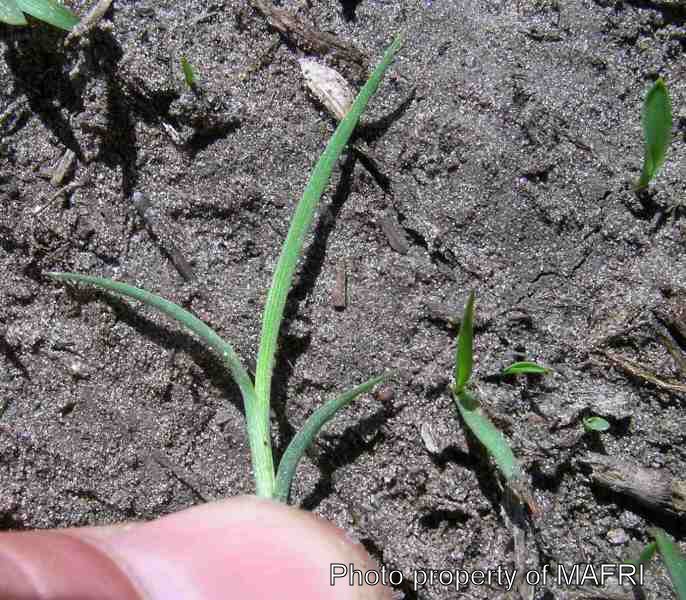 click to enlarge |
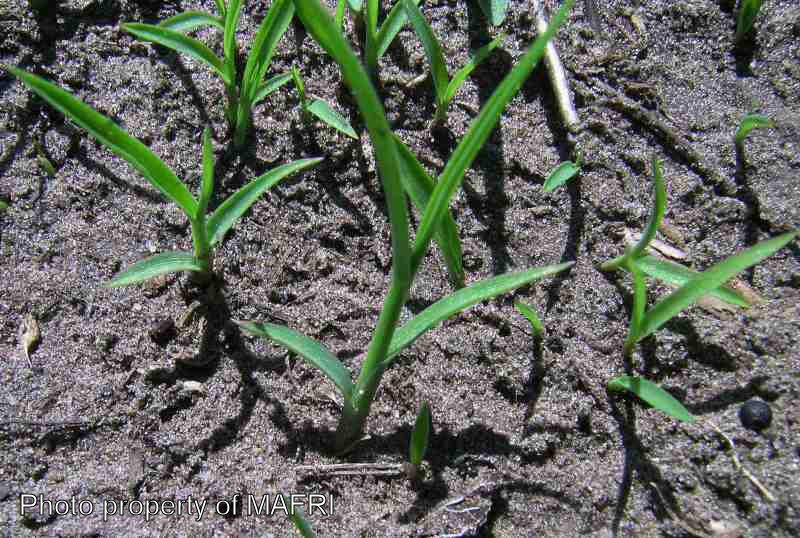 |
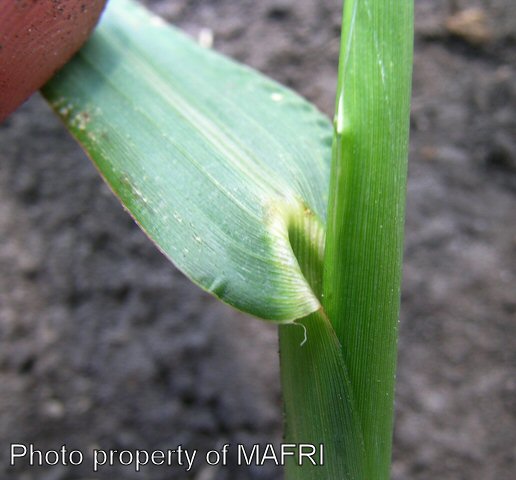 |
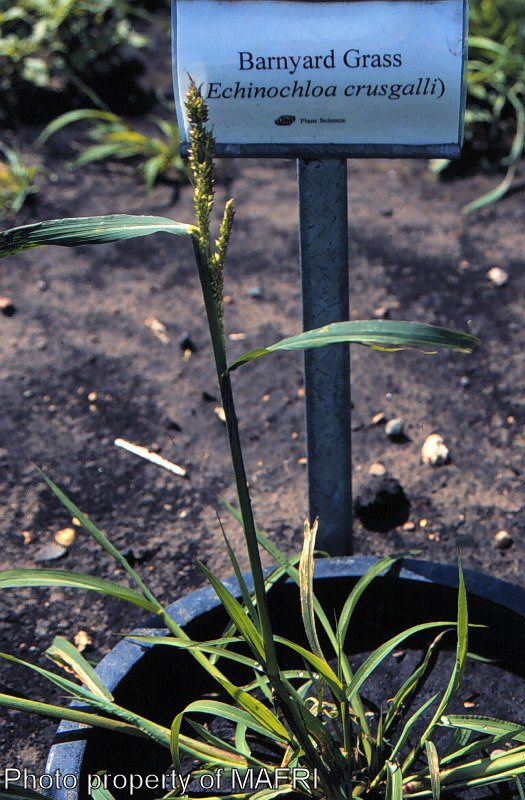 |
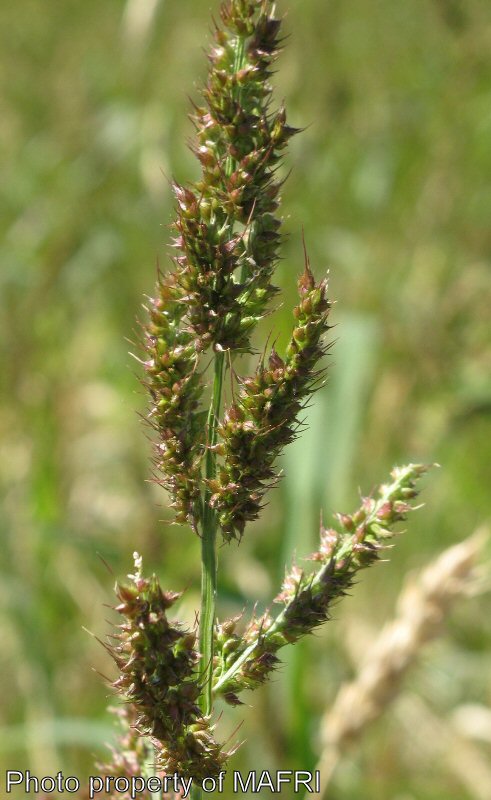 |
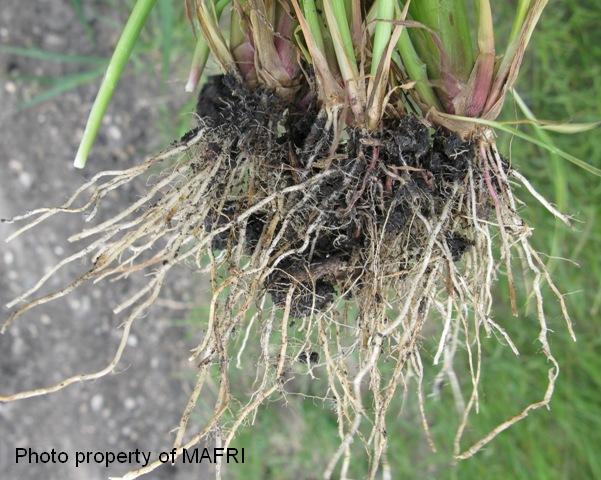 |
Biology
This weed is a robust, tufted, annual grass. The stems usually branch from the base, are flattened, and spread over the ground. The green leaves are 6-15 mm (1/4-1/2 in.) wide, 5-50 cm (2-20 in.) long, flat or V-shaped, keeled below, and somewhat rough or smooth above. Barnyard grass does not have a ligule or auricles. The spikelets are green to purple, numerous, and located on branches of the flowering stem. Each spikelet has 1 floret and 2 empty glumes. The empty glume is often long-awned. Barnyard grass produces about 7,200 seeds per plant.Barnyard grass prefers warm, moist, soil conditions. It may become a problem in irrigated row crops (e.g., sugar beets and potatoes) because, the seeds float and are easily spread by flooding or heavy irrigation.
Scouting Techniques
Take a minimum of 20 weed counts across the field. Ensure that you check any low spots for patches because seeds may have collected in such spots when water drained into them. Also, check the field edges because this weed often moves in from field borders.
Effects on Crop Quality
This tough, fibrous weed can cause problems in harvesting equipment, especially when harvesting dry beans and potatoes.
Threshold/Yield Loss
Barnyard grass can reduce yields in most crops. This weed is less competitive than wild oats but more competitive than green foxtail in cereals. Because it is susceptible to shading, it is usually not a serious problem if it emerges after the establishment of a tall, vigorous crop.
Control Tips
Positively identify this weed. Barnyard grass resembles green foxtail at early stages and is often mistaken for it. Some herbicides that control green foxtail don't control barnyard grass. This weed has the ability to root at the nodes and can re-establish itself after a light cultivation. Barnyard grass may not be controlled by tillage in minimum tillage programs or when direct seeding with sweeps and you will have to adjust your weed control strategy accordingly. Herbicides registered for control of barnyard grass are available in cereal, oilseed and pulse crops.
oilseed and pulse crops.
